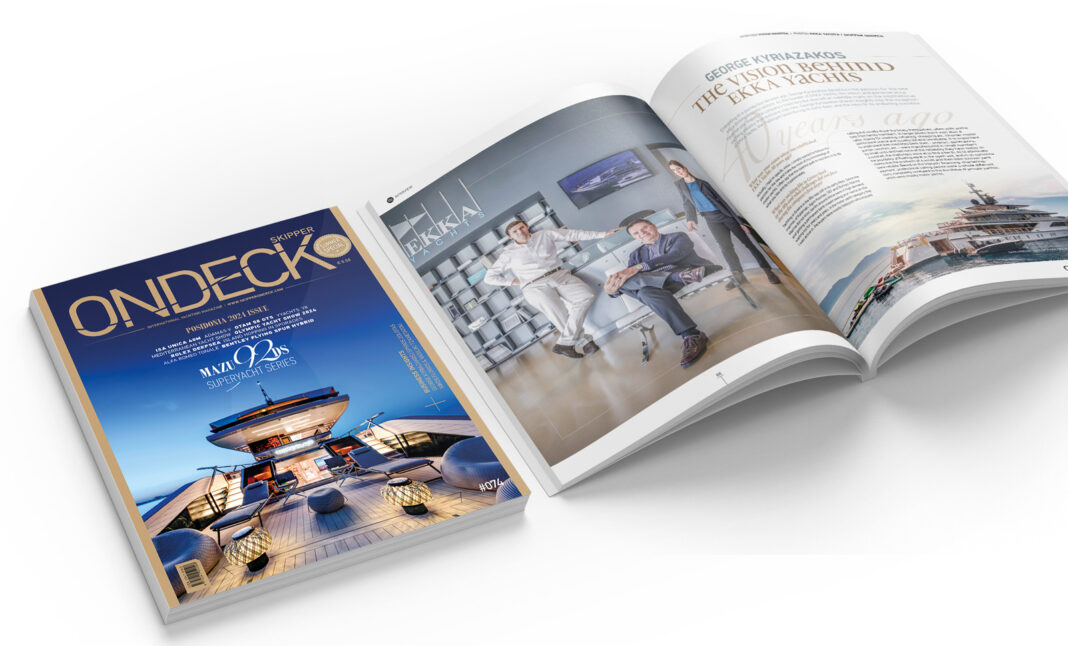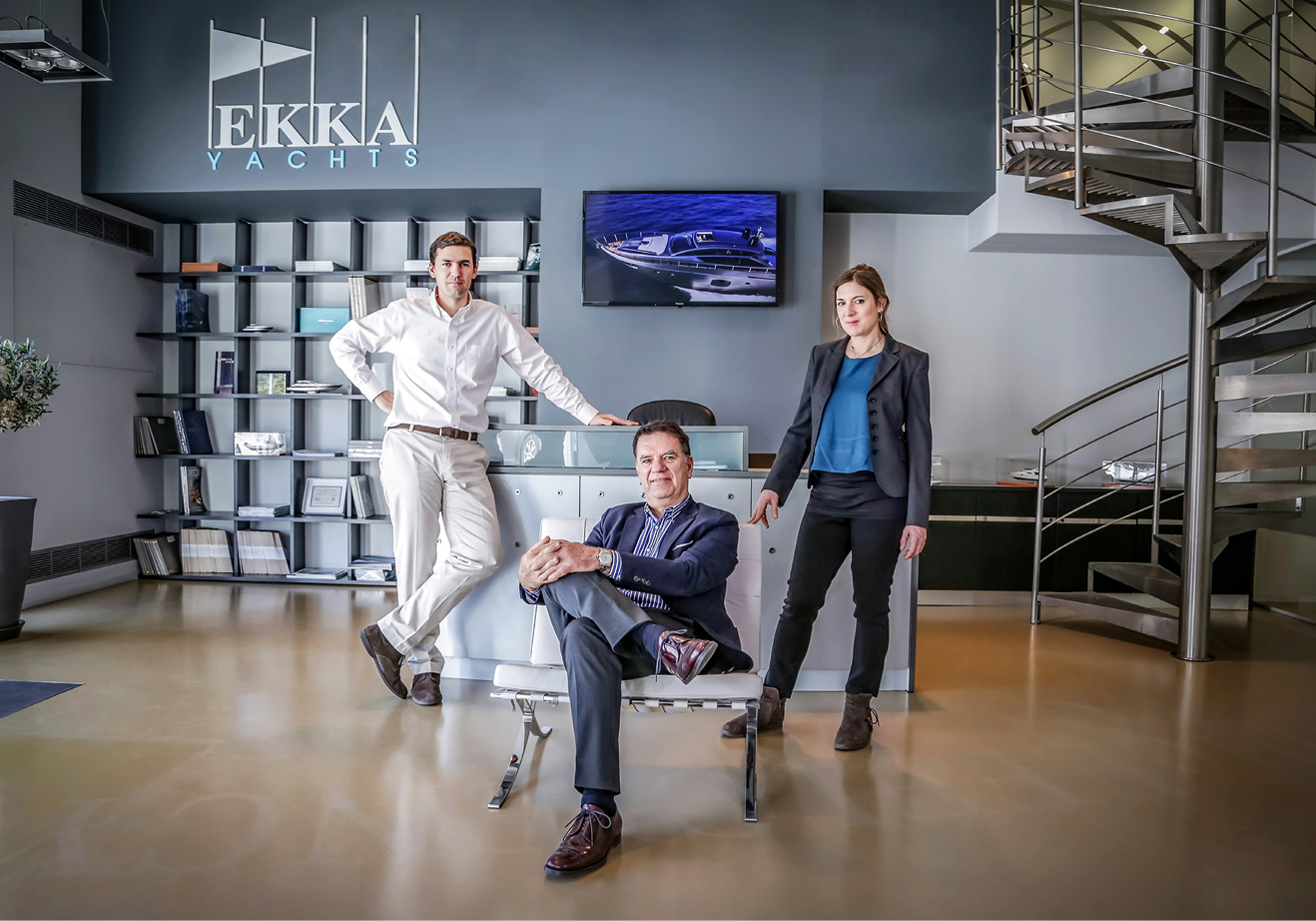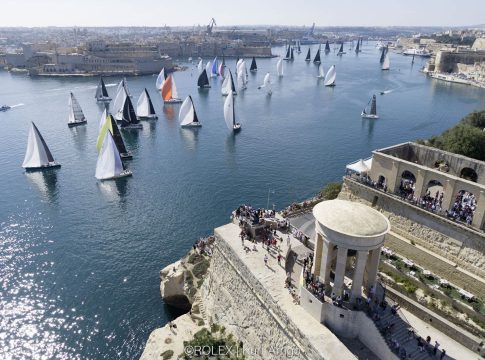Embarking on a journey four decades ago, George Kyriazakos dared turn his passion for the sea into a thriving business venture. As the founder of EKKA Yachts, his vision and perseverance have not only shaped the company’s trajectory but also left an indelible mark on the international yachting industry.
In an exclusive interview, George Kyriazakos shares insights into the inception of EKKA Yachts, the challenges faced during its early days, and the keys to its enduring success.
What was your vision when you established EKKA Yachts 40 years ago?
Actually, I had no specific vision. I simply wanted to follow my passion for the sea and make the most of my knowledge of motor yachts. I often say that the clearest path to success is to do what you like and do it passionately.
What was yachting like in Greece back in the 80s and what challenges did you face during the company’s first steps?
Yachting in Greece in the 80s was still in its early days. Since the marinas of Kalamaki, Agios Kosmas, SEF and Olympic Marine Marina did not exist, berths around Attica were in high demand and getting a permanent berth meant seeing your name on the waiting list for years and years. In the motor yacht category that I was active in, the buyers were mostly hobbyists who enjoyed sailing and usually drove the boats themselves, often with some help from family members. In larger boats there was also a sailor, mainly for washing, refueling, shopping etc. Charter motor yachts were scarce and usually old and unreliable. It is important to understand that machines back then – engines, generators, pumps, winches, etc. – were manufactured in small numbers by small units and had none of the reliability they have today. In a nutshell, the challenges were a) to find a berth, b) to eliminate the possibility of floating adrift in the open sea, and c) to convince clients that the products of a small and then little-known yard were reliable. Based on the triptych “financing-chartering-payment”, professional sailing yachts were a whole different story, completely unrelated to the purchase of private yachts, which were mostly motor yachts.
What were the criteria behind the big collaborations with yards and what are they today?
The main criterion is the people behind the big names. Motor yacht building is still a small industry because of the small number of units built per model. With very few exceptions, the production of a model rarely exceeds 50 units in its lifetime, so production cannot be standardized. Therefore, a key prerequisite for me is to collaborate with an owner who loves this job and is personally involved in everything: designing new models, constructing, promoting and selling. It’s an old economy business that cannot be automated or standardized. It belongs to the pre-industrial period. If you look at the history of the most famous yachtbuilding names, you will realise that the yards that became part of multinational companies -usually because of the lack of succession- sooner or later withered away and were sold back to private individuals.






